Writers who created imaginary Graubünden

Graubünden is best known for its ski resorts. But the alpine canton also lives in the books of famous authors who came to write there.
Literary tourists on the trail of the great authors in Graubünden often end up at Elisabeth Maranta’s bookshop Il Palantin in the city of Chur, a small, old-fashioned literary bookshop, the shelves crowded with books in the four languages of Switzerland and English too.
Maranta has owned and operated for the store for the past 20 years.
“They came here for three reasons,” she says, referring to the great writers who have been drawn to the canton. “They were travelling through, over the mountain passes, to and from Italy, and some of them liked the scenery so much they came back; for the sake of their health; and just as visiting tourists.”
Nineteenth century German philosopher Friedrich Nietzsche spent a lot of time in the Engadine valley. What did the mountains mean for his philosophy?
“He started his great work Zarathustra there,” recalls Maranta. “But he also worked on most of his other books in the time he spent there.” Between 1881 and 1888 he spent seven summer holidays in Sils Maria. Today the Nietzsche House, where the author took lodgings, has been made into a museum.
Nietzsche suffered from terrible headaches. He had looked in various parts of Switzerland for a climate that would help him, but he only found it in Sils-Maria. His idea of the Superman, the exalted wisdom figure who pushes himself to the limit, is largely inspired by the bracing air and lofty landscape he enjoyed in the Engadine.
French novelist Marcel Proust was also in the Engadine in the 1890s as a young man, and his work Présence réelle, which was published at the time, talks about love in a beautiful landscape.
“He could not be explicit as to the relationship he was talking about, because it was a homosexual affair with a young man from Geneva. But it is a hymn of praise to the Engadine,” says Maranta.
“The Magic Mountain”
The trace of the Graubünden landscape is much more explicit with Thomas Mann. He came to Davos, where his wife was staying in a sanatorium, in 1912, and he went on to write “The Magic Mountain”.
The hero of the novel, Hans Castorp, arrives in Landquart at the beginning of the story and takes the narrow-gauge Rhaetian railway up into the mountains. Like many visitors after him, he is not sure which station he should get off at in Davos, “Dorf” or “Platz”.
Maranta explains that the Berghof of the novel was the real Wald-Sanatorium, where Mann stayed. Later it became a hotel.
“Mann actually made Davos famous as a health resort. At first local people wanted to sue him when the book came out. They thought ‘he is harming us’. But later they saw things differently and became quite well disposed to him.”
Hippy favourite
Hermann Hesse, a friend of Thomas Mann’s who became the favourite author of the American hippies of the 1960s, also spent a lot of time in Graubünden, although his adopted home was further south in Ticino.
The imaginary alpine province Castalia in his Glass Bead Game, which contains characters based on Nietzsche and Mann, seems to be Graubünden. But where exactly are the monastic settlements where the 25th-century game-players live, the bamboo grove, or the lake where the hero Knecht eventually drowns?
“Castalia has to be seen as a counterweight to the Third Reich,” says Maranta. “It is idealised, in the distant future, so it has really no geographical location.
“You have to remember that all the years Hesse was writing the book, he never set foot in Graubünden. Later he did spend time in Sils-Maria. From the description in the book it must be Lake Sils where Knecht drowns.“
Maranta has an explanation as to why Hesse came back to Graubünden. His wife Ninon had to escape from Ticino because she suffered from asthma. They went up to Sils-Maria every year, although Hesse complained bitterly about the cold.
“Hesse must have been the only writer who did not come to Graubünden voluntarily. He preferred to stay in Ticino, where it was warmer,” she adds with a wry smile.
English-speaking authors
Writers also came to Graubünden from English-speaking countries. Scottish novelist and poet Robert Louis Stevenson was always in poor health, and came to Davos for the healthy mountain air.
“It was there he wrote most of Treasure Island that is the furthest thing imaginable from the Graubünden Alps,” says Maranta.
James Fenimore Cooper, author of The Last of the Mohicans and other tales of the early American frontier, spent years of his life in Europe, including Switzerland, which he described in travel books. In Graubünden, he got so far as Disentis and the Oberalp pass.
His description of his 1828 trip into the Surselva in search of the source of the upper Rhine descends into broad farce when he discovers that the locals at the inn where he stays speak Romansh and nothing else. A man breaks into his room while he is asleep, and when a startled Cooper jumps out of bed and demands, “Who the devil are you, sir?”, all the man, who has been deputed to act as interpreter for the guest, can manage to say is “serviteur” – “your servant”, his knowledge of languages going no further than that.
Maranta reflects: “That is the only thing I always wonder about: the great German authors, like Nietzsche, talk about meeting locals and talking to them, but did they never notice that the locals had a language of their own – Romansh?”
Davos is originally a settlement of the Walsers, intrepid German-speaking migrants from Valais, in a high mountain valley of Graubünden. It became famous in the 19th century for the purity of its mountain air, attracting such visitors as Robert Louis Stevenson and Arthur Conan Doyle. In time several sanatoria were established there to treat tuberculosis, attracting a cosmopolitan clientele from all over Europe. This is the world described in hypnotic detail by Thomas Mann in his novel “The Magic Mountain”.
Meanwhile, Davos also became a centre for winter sports, along with the nearby town of Klosters. Davos is now a city, and it is the highest in Europe. In recent times Davos has become more famous for the World Economic Forum, which is held there every year, attracting prominent speakers and guests from world politics and business, anti-capitalist demonstrators and a huge security operation by the Swiss police.
Sils, or Segl to give it its Romansh name, is a community in Engadine consisting of the two villages Sils-Maria and Sils-Baselgia. Since the 19th century it has been attracting tourists due to its unrivalled Alpine setting. It is situated in the Engadine “Lake District”, beside Lake Sils and Lake Silvaplana. Many writers stayed there, notably Proust and Hermann Hesse, but the one who spent the most time there and derived the most benefit from the place was the philosopher Nietzsche. The house where he used to stay has been made into a museum in his honour.

In compliance with the JTI standards
More: SWI swissinfo.ch certified by the Journalism Trust Initiative

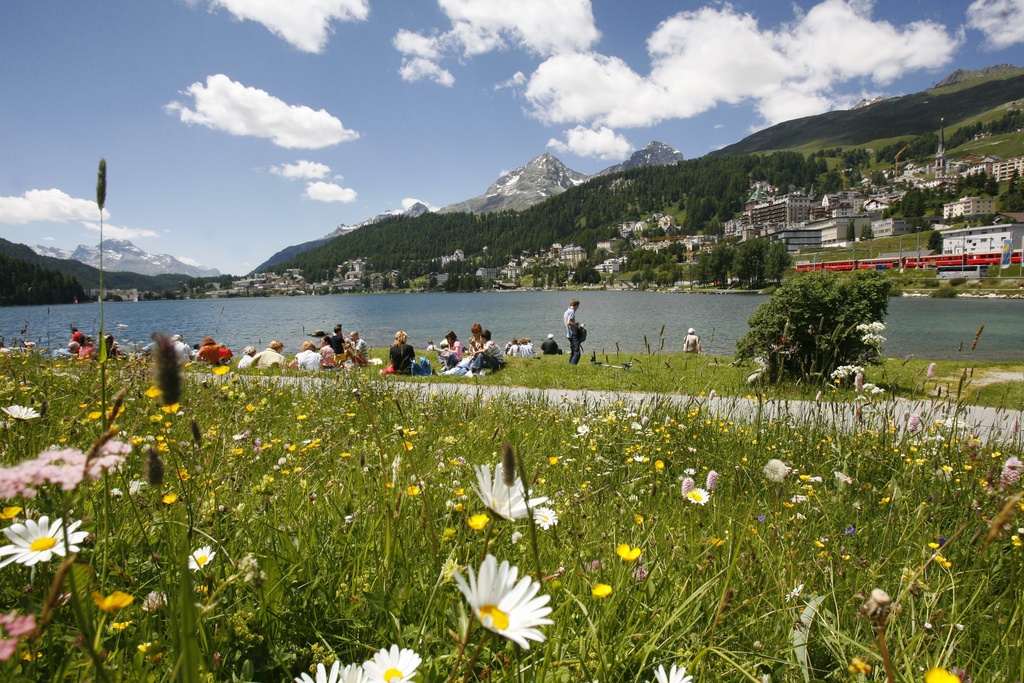
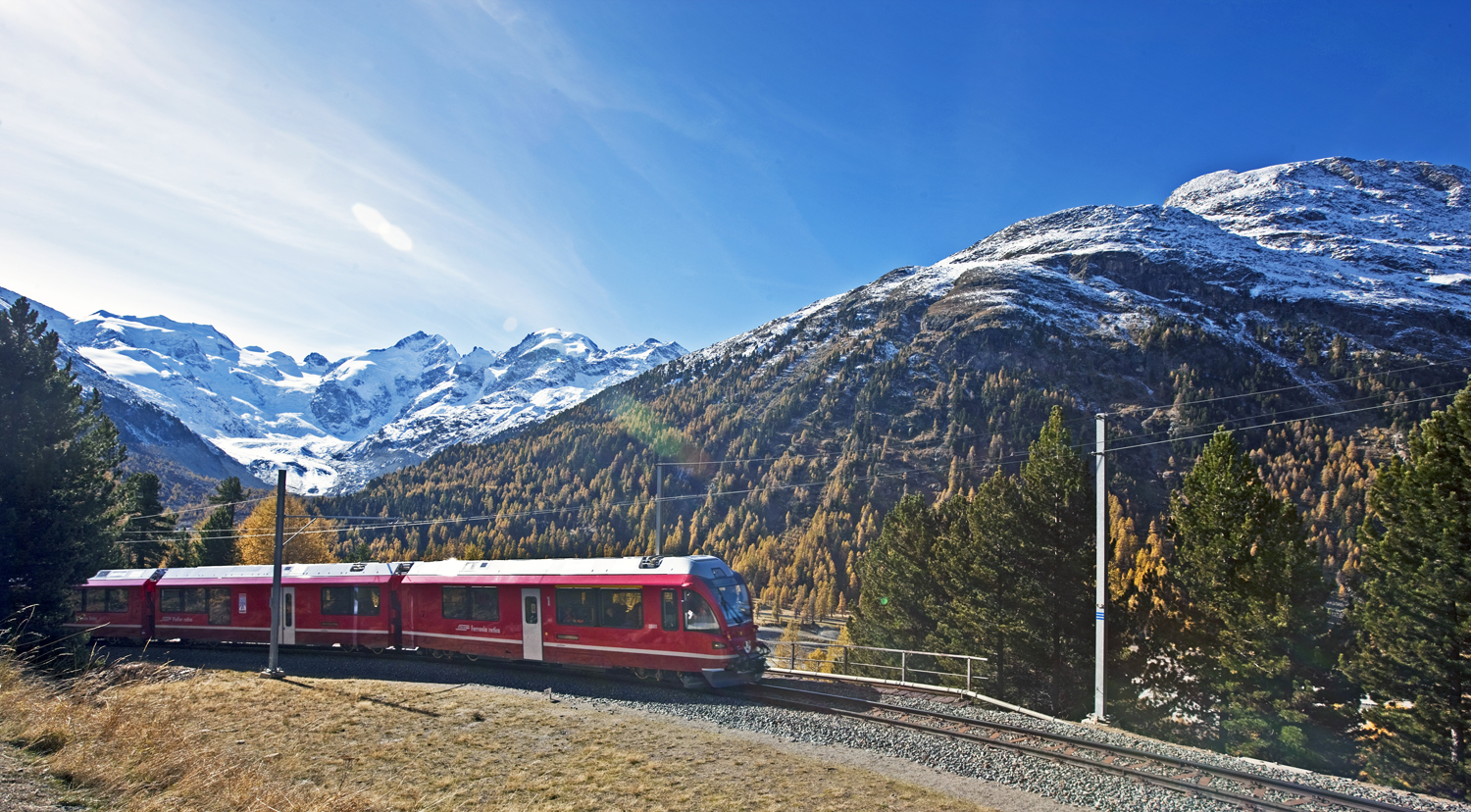
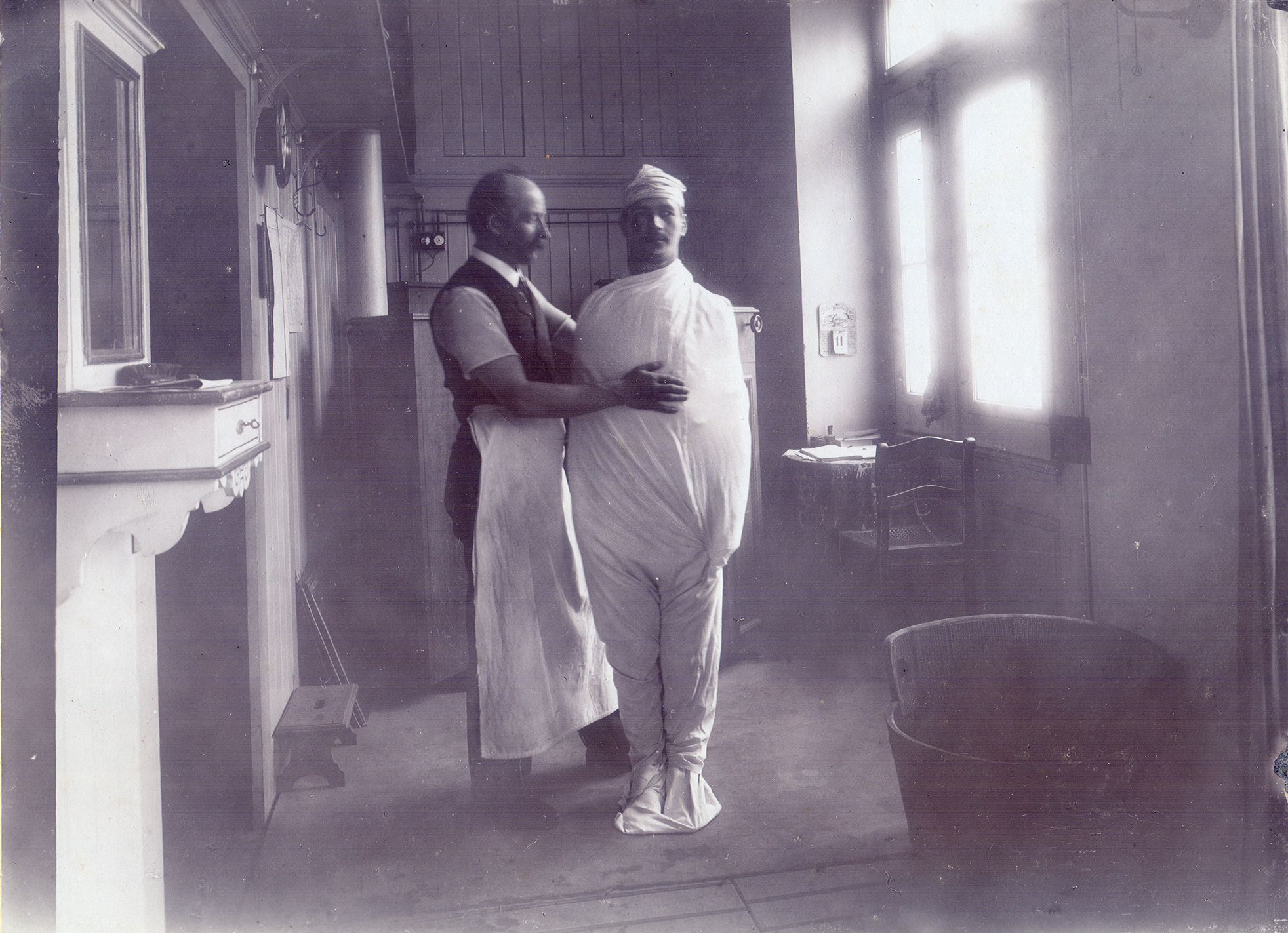
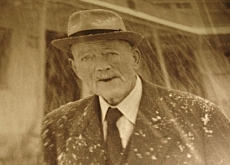
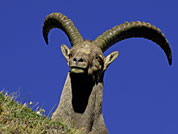
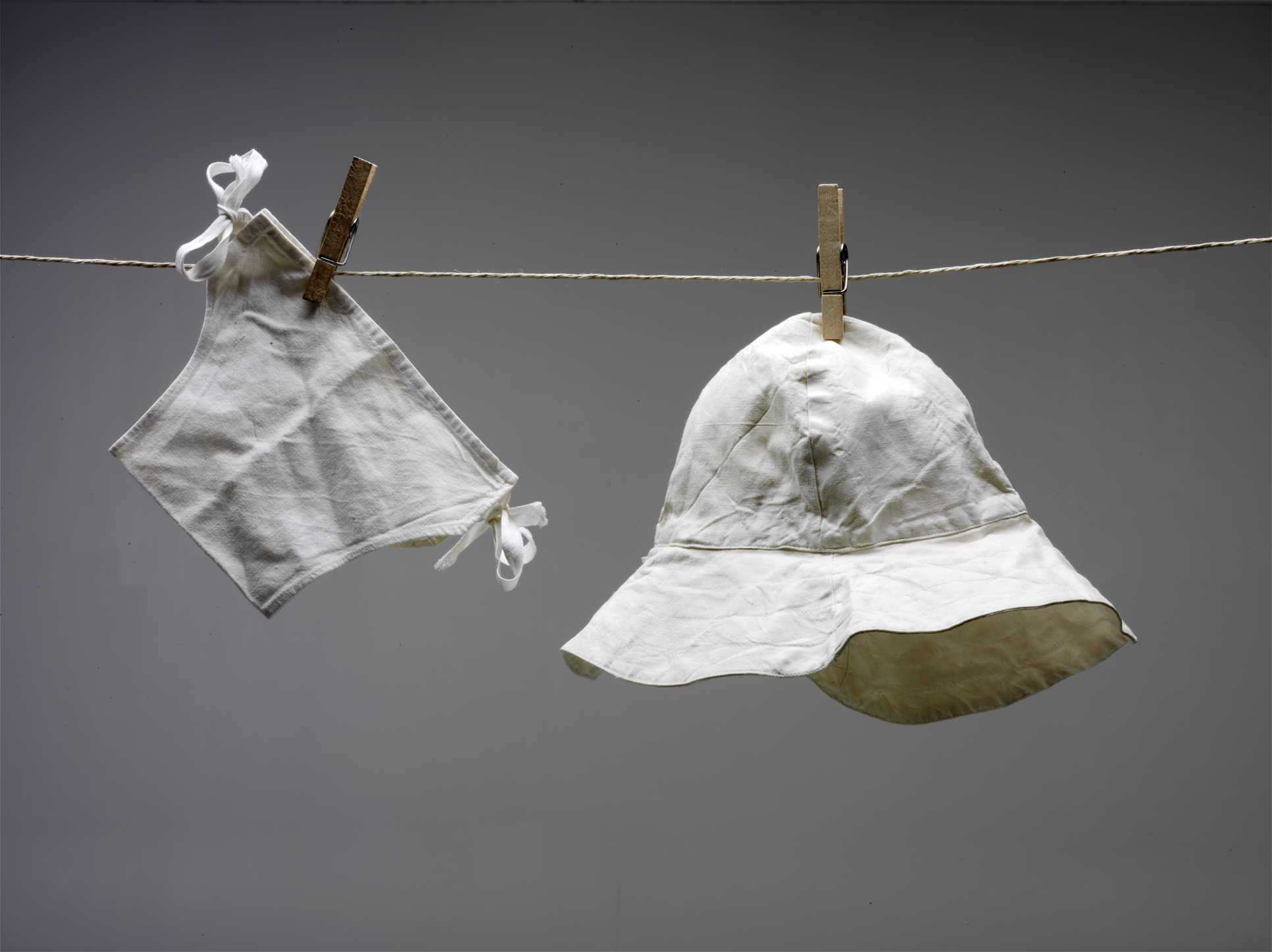
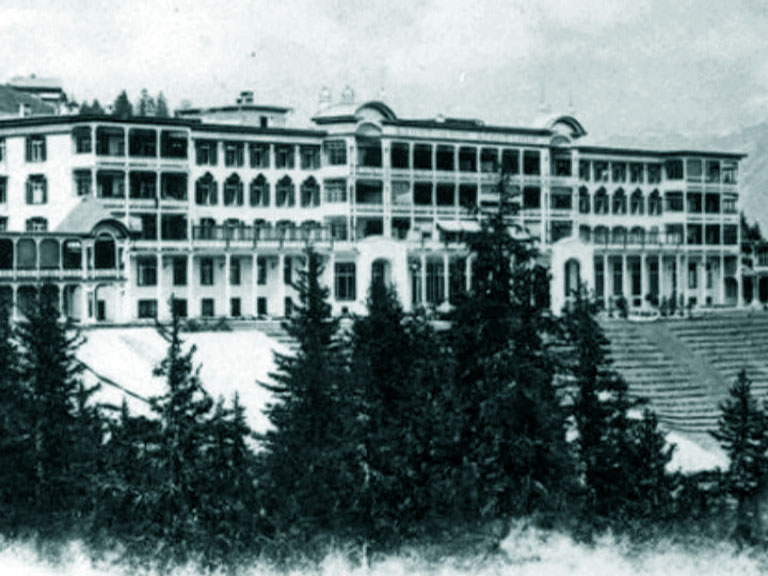
You can find an overview of ongoing debates with our journalists here . Please join us!
If you want to start a conversation about a topic raised in this article or want to report factual errors, email us at english@swissinfo.ch.